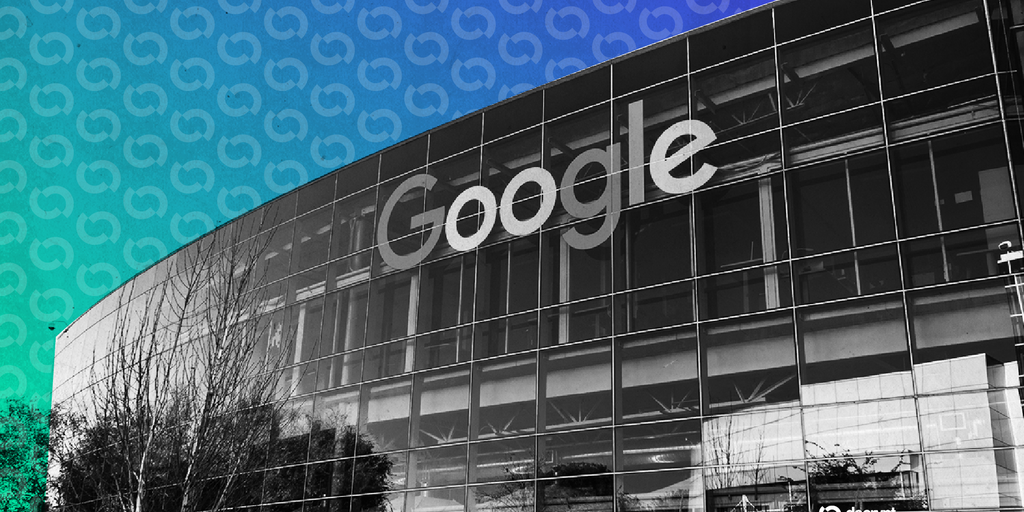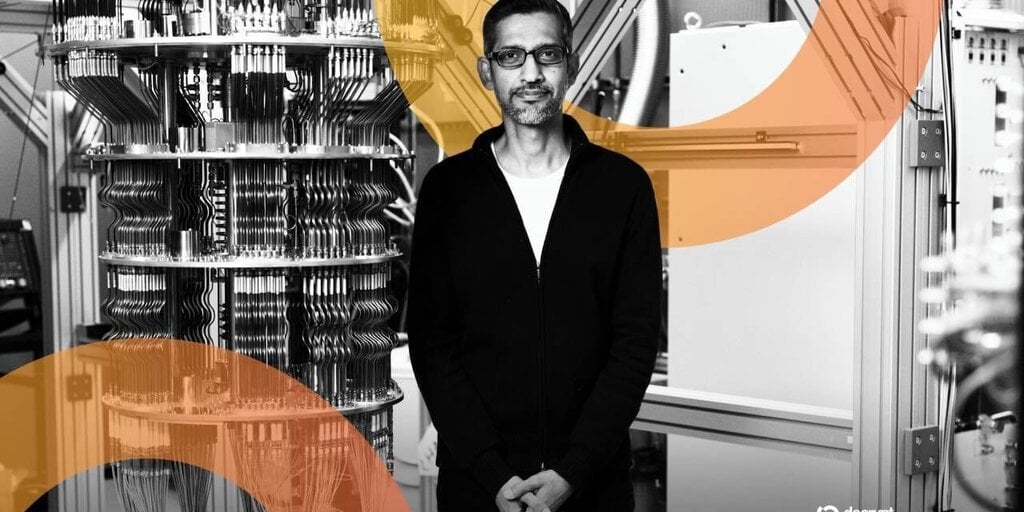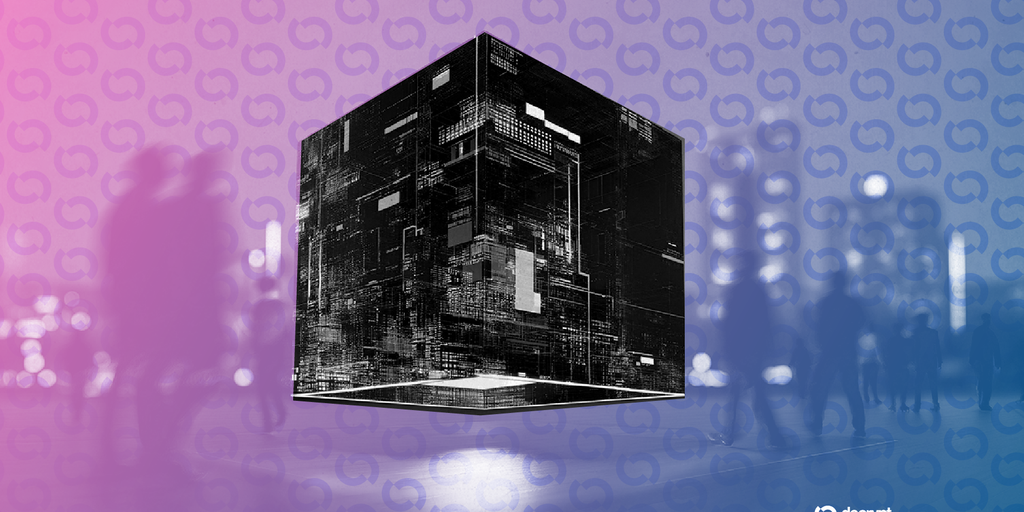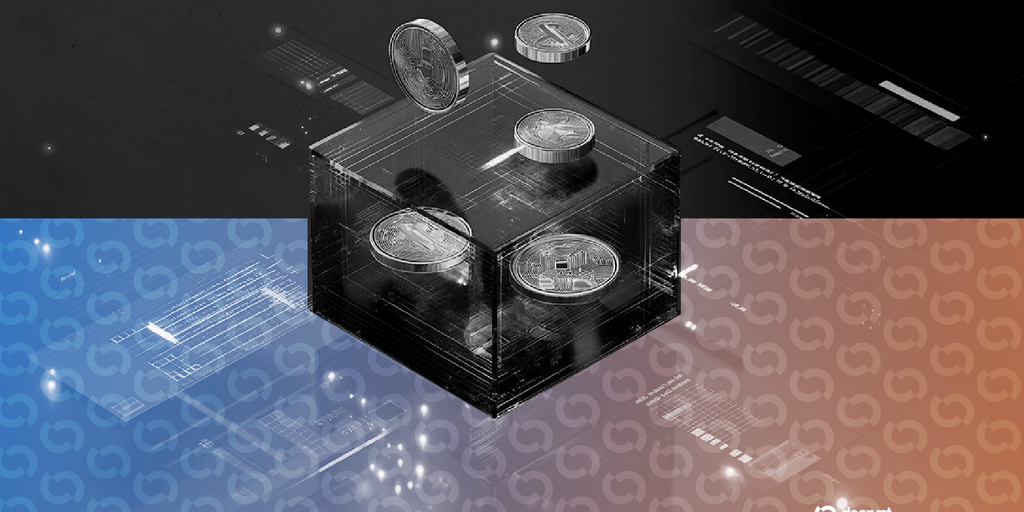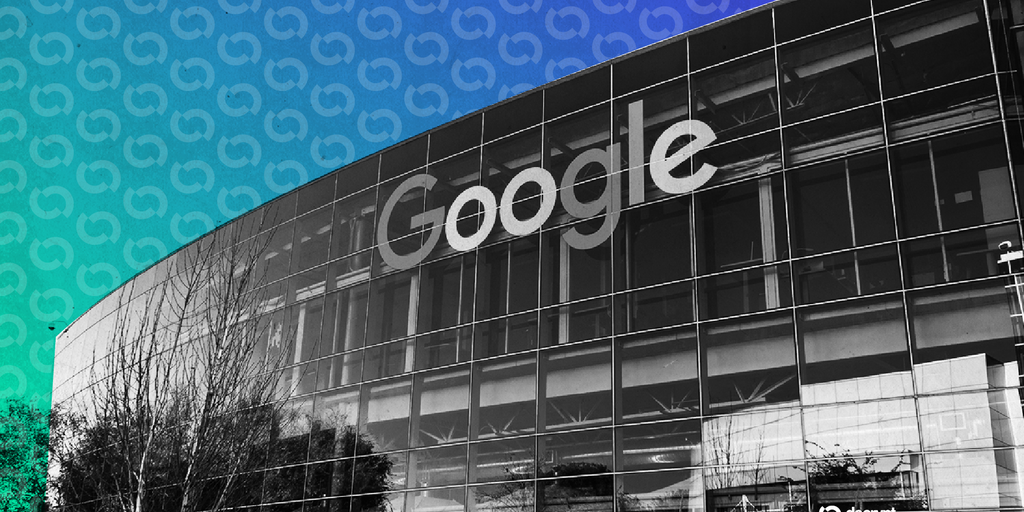
In brief
- Rich Widmann, Google Cloud’s head of Web3 strategy, confirmed that the Universal Ledger is a layer-1 blockchain.
- The system uses Python for smart contracts, diverging from industry standards like Solidity and Rust.
- Analysts question Google’s neutrality as it competes with Stripe and Circle for institutional blockchain infrastructure.
Over five months after Google Cloud announced a partnership with CME Group, Rich Widmann, the tech giant’s head of Web3 strategy, confirmed Tuesday that the company’s Universal Ledger is indeed a layer-1 blockchain.
“All this talk of layer-1 blockchains has brought Google’s own layer-1 into focus,” Widmann wrote on LinkedIn. “If you’re building a layer-1, it has to be differentiated.”
Widmann’s statement follows CME Group’s March 25 announcement that it has completed the first phase of integration and testing for the project. At the time, details were sparse on whether it was public or private, as well as if it was a layer-1 chain.
A layer-1 or L1 blockchain is a foundational network that runs independently, handling transactions and security directly. Unlike layer-2 or L2 chains, it doesn’t rely on another chain for validation or settlement, though those can extend and improve a chain’s efficiency.
Decrypt reached out separately to Widmann and Google, but did not receive an immediate response.
Why Python?
Dubbed the Google Cloud Universal Ledger (GCUL), Widmann described it as a base layer enabling Python-based smart contracts, setting a programmable, distributed ledger for wholesale payments and asset tokenization.
The choice of programming language sets Google’s L1 apart from those typically used and accepted as standard in the crypto industry, such as Solidity for Ethereum-compatible chains and Rust for chains like Solana, Aptos, and Sui.
Choosing Python is “pragmatic” because it “lowers the barrier for enterprises and fintech developers who already use it for data, finance, and machine learning,” Christine Erispe, a developer advocate at Ethereum Philippines, told Decrypt.
With Python, the upcoming L1 could “accelerate experimentation,” but may also “silo developers” unless Google makes efforts to provide “strong tooling, auditing, and interoperability bridges,” Erispe said.
That move is “a contrarian bet,” because “instead of being EVM-compatible, it leans on Google’s scale, financial institution reach, and a differentiated programming model,” she added.
Credibly neutral?
Unlike other upcoming layer-1 chains such as Stripe’s Tempo or Circle’s Arc, Google’s network is positioned as open infrastructure, with Widmann describing it as a “performant, credibly neutral” chain that “any financial institution” can build on.
While Stripe and Circle are “building chains that fit directly into their existing businesses,” Google is “playing a different game: scale and neutrality,” Aharon Miller, co-founder and COO of crypto payments gateway Oobit, told Decrypt.
As a centralized tech giant, Google “already runs half of the internet’s infrastructure, but the real test is whether institutions believe they’ll stay neutral in the long term,” Miller said.
However, Dr. Sean Yang, chief technology officer at OORT—a data cloud for decentralized AI—argued that Google’s neutrality claim may be “more marketing than reality.”
Google has “massive conflicts of interest across payments, cloud services, and advertising,” Yang told Decrypt.
Asked about the differences between the three L1s underway, Yang said Google is “going broad” while “Circle is going deep,” and “Stripe is targeting developers and payment companies.”
While not in direct competition, the three are “carving out different segments of institutional blockchain infrastructure,” Yang said.
Daily Debrief Newsletter
Start every day with the top news stories right now, plus original features, a podcast, videos and more.

